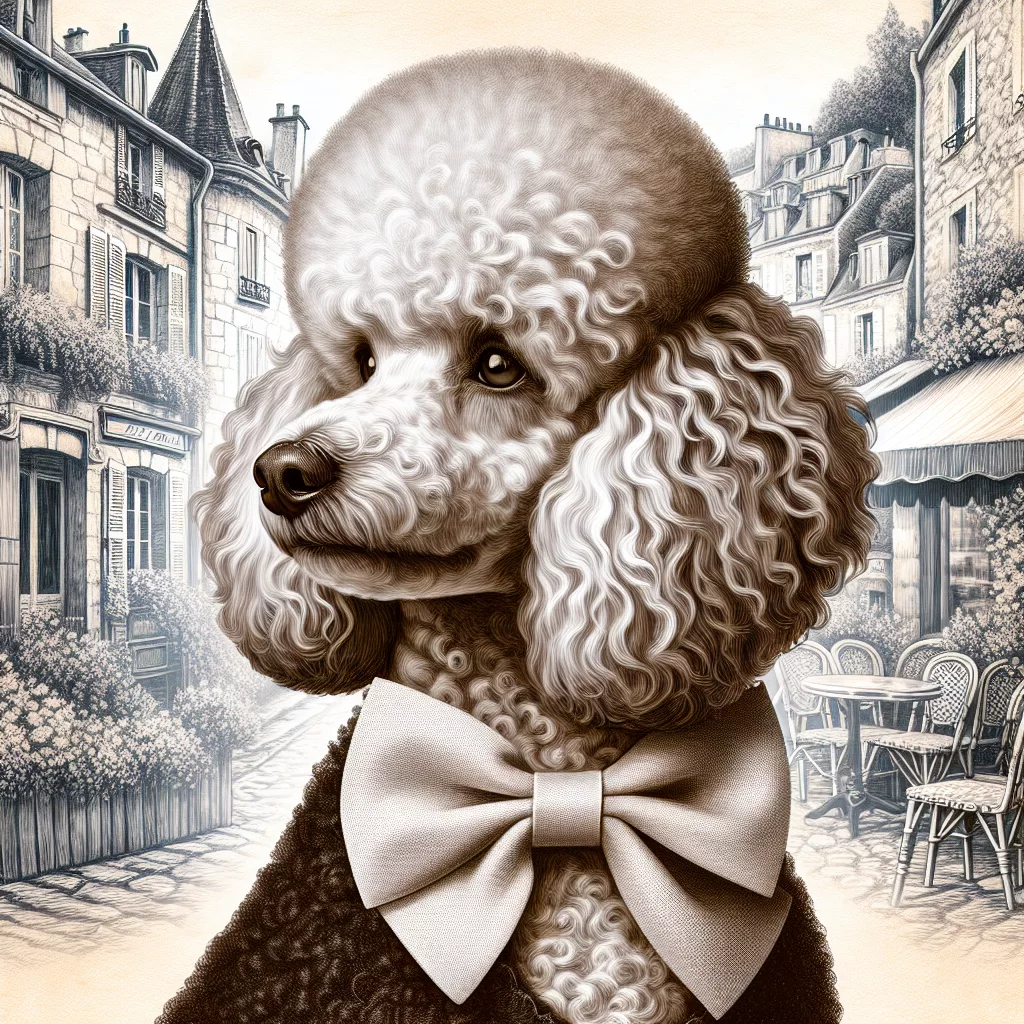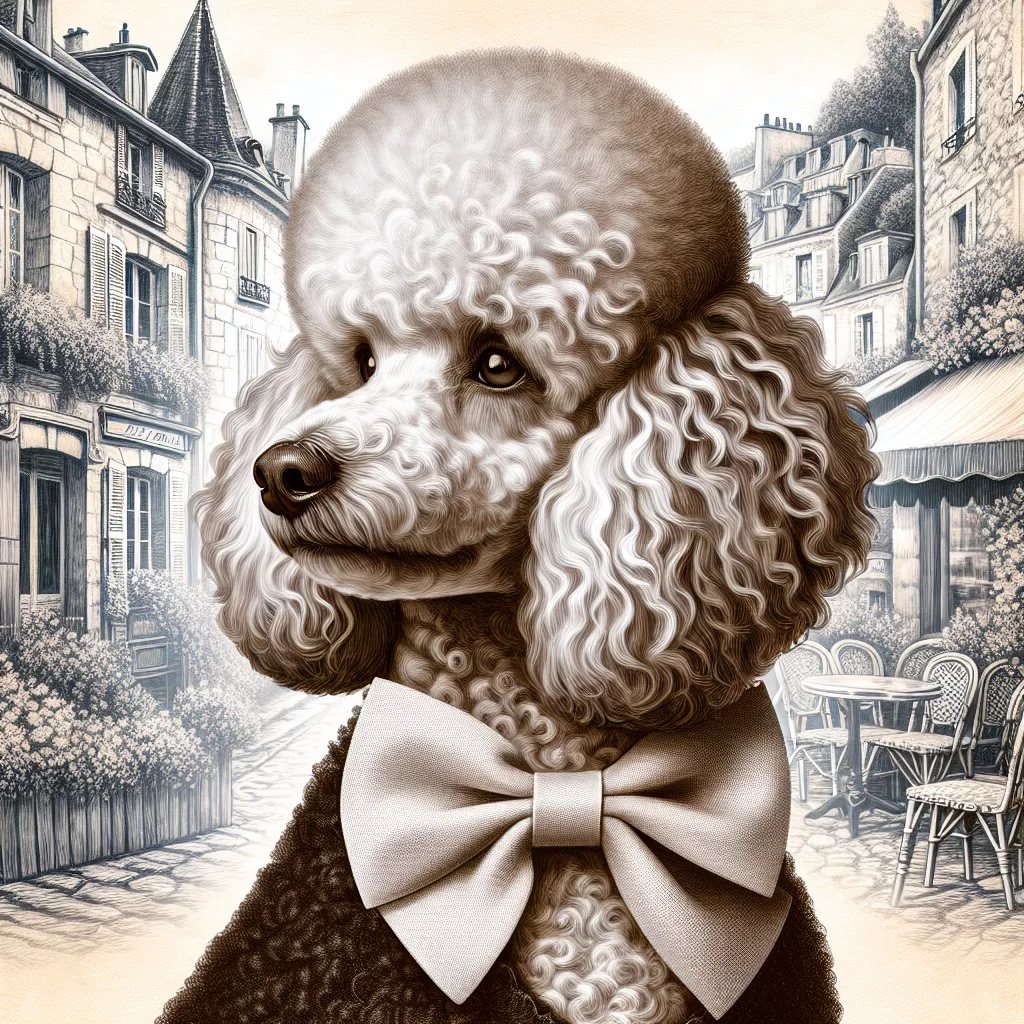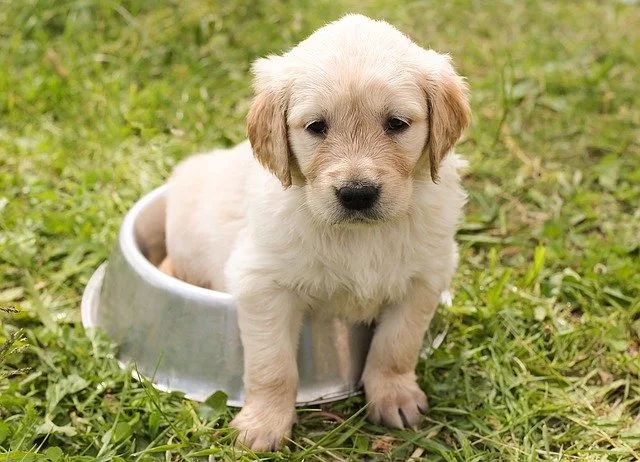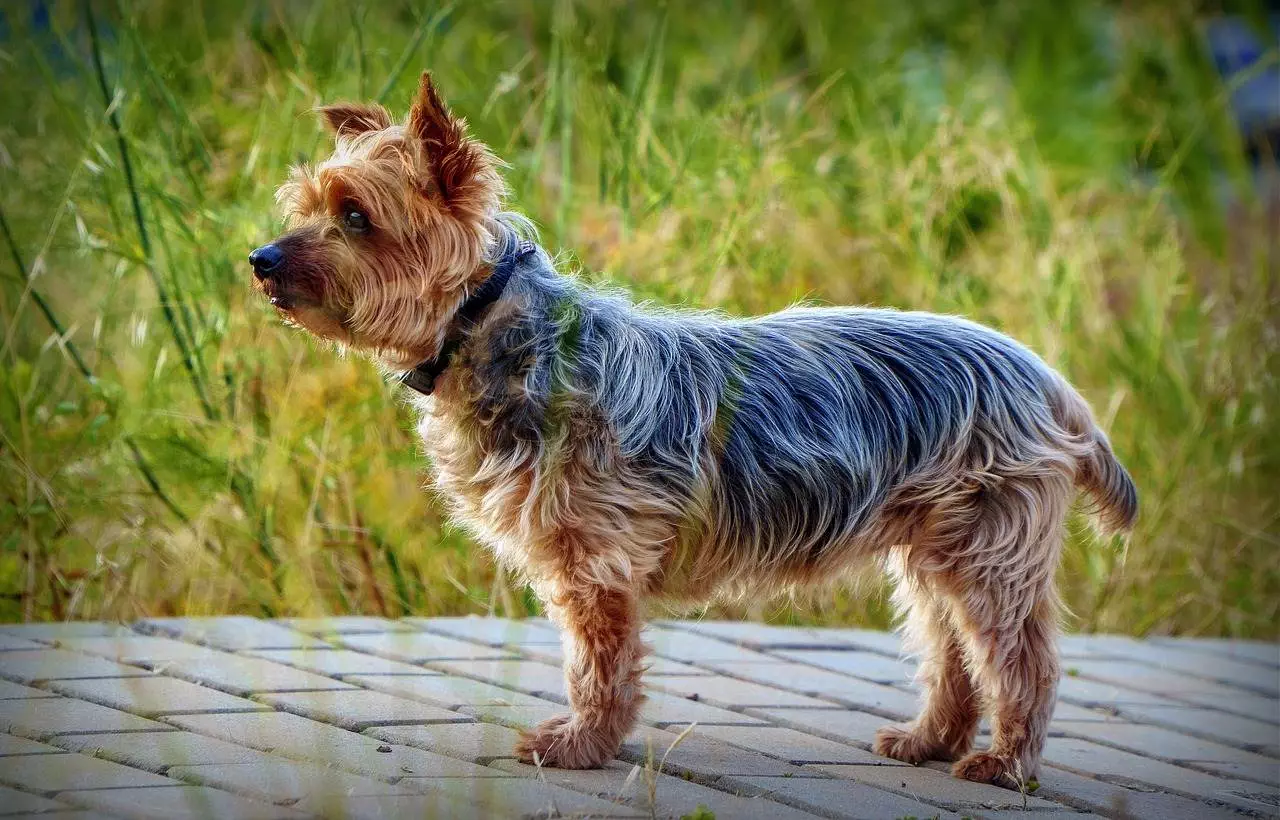Embarking on a fascinating journey through the annals of dog-breeding history, ‘Where Are Poodle Dogs From’ is an article that will guide you through the tale of the Poodle, a dog very much loved for its intelligence, grace, and jovial nature. Beginning with the blurred origins in Europe, moving through the pages of breed evolution, and concluding with the Poodles’ towering presence in the show rings of today, this piece will unearth what exactly makes these charming, curly-haired companions so unique in the canine world. Enjoy the insights into the distinguished lineage of these elegant and versatile dogs.

Origin of Poodles
Poodles, known for their intelligence and versatility, have a rich history that extends back several centuries. Their journey took them to multiple continents across the globe and ensured their position as one of the most well-loved breeds in the world. This comprehensive look into the origin of poodles will give you a deeper appreciation for this unique breed.
Original Ancestors of Poodles
Research suggests that one of the poodle’s oldest ancestors is the Asian herding dog, which came to Germany over 2,000 years ago. Later, these dogs were crossed with various European water dogs to create what we know today as the poodle. The breed’s name itself comes from the German word “pudelin,” which means “to splash in the water.” It’s an appropriate name, given these dogs’ historical role as water retrievers.
First Evidence of Poodle-like Dogs
Ancient Egyptian and Roman artifacts and tombs often contain depictions of poodle-like dogs, offering the first documented evidence of the breed’s existence. These momentous finds indicate that Poodles were around long before they were officially recognized as a breed.
Historically recognized Origins of Poodles
As we dig deeper into poodle history, it’s important to note the ongoing debate regarding the exact origins.
France as the Official Country of Origin
Despite the strong connections to other countries, the Fédération Cynologique Internationale (International Canine Federation) officially recognizes France as the Poodle’s country of origin. Over time, the breed developed a strong association with France and came to be known as “French Poodles,” despite their German roots.
Germany’s Claim in Poodle History
Germany also has a significant stake in the origins of the Poodle. The breed’s development is often credited to German breeders who introduced stricter breeding practices to enhance the breed’s natural abilities and physical characteristics.
Poodles in Ancient Times
The presence of poodles in ancient times is astonishingly profound as they seem to have left quite an impression on many ancient societies.
Depictions in Ancient Artefacts
As mentioned earlier, poodle-like dogs are depicted on numerous artifacts and relics from ancient Egyptian and Roman times. These illustrations suggest that dogs resembling poodles were used for various types of work, including herding, retrieving game, and even in warfare.
Poodles in Early Literature and Stories
Poodle-like dogs feature prominently in early literature and fables. The dogs were often portrayed as intelligent and lively companions, mirroring the traits we see in poodles today.
Roles of Poodles in Ancient Societies
Poodles were versatile work dogs in ancient societies. They were used for herding livestock, retrieving game, and even serving as war dogs. It is a testament to their natural intelligence and adaptability – key traits that make them so beloved today.
The Poodle in Medieval Times
Moving on to the medieval era, poodles continued to impress due to their utility and companionship.
Poodles in Royal Courts
The poodles’ elegance and intelligence did not go unnoticed by the nobility. They were favorites in royal courts across Europe, and their popularity only increased over time.
Use of Poodles in Hunting
In addition to being companions of the nobility, poodles were also relied upon for hunting waterfowl, thanks to their excellent swimming abilities and their keen sense of smell.
Cultural Perception of Poodles in Medieval Era
During the Middle Ages, poodles were regarded highly for their intelligence and trainability. Their ability to learn quickly and perform tasks effectively made them popular pets among the populace.
Poodles in the Renaissance
During the Renaissance, the perception of poodles shifted beyond just utilitarian purposes.
Depiction of Poodles in Art
Renaissance art often depicts poodles in grandeur and elegance, reinforcing their status as noble pets. These depictions shed light on how highly valued these dogs were during this period.
Roles of Poodles in Society
In the upper echelons of society, poodles were seen as status symbols. They were often seen accompanying nobles and high-ranking individuals, showcasing the esteem in which these dogs were held.
Breeding and Appearance Trends
Renaissance breeders began to focus more on the aesthetics of the breed. The famous “poodle clip,” for example, was designed to help the dog move more efficiently in the water, while also protecting vital organs from the cold.
The Poodle in Modern History
The poodle’s illustrious history isn’t limited to the ancient world or the courts of Europe.
Evolving Roles of Poodles
With their intelligence and adaptability, poodles found roles in modern history as well. In the 18th and 19th centuries, they were often seen in circuses where they would perform tricks to entertain the crowds.
Poodles in the World Wars
During both World War I and II, poodles served in various capacities, including as rescue dogs, guard dogs, and even as messengers.
Evolution of Poodle Traits
Over the years, poodles have evolved in terms of physical characteristics and inherent traits.
Different Varieties of Poodles
There are three main types of poodles: Standard, Miniature, and Toy. Each variety has its unique characteristics, but they all share the breed’s defining traits of exceptional intelligence and agility.
Characteristic Features of Poodles
Poodles are well-known for their curly, hypoallergenic coats, which come in a variety of colors. Their elegant posture and keen attitude are also characteristic features.
Purpose of Poodle Traits
Many of the Poodles’ traits, such as their webbed feet and distinct coats, were bred for a purpose – to enhance their abilities as water-retrieving hunting dogs.
Current Status of Poodles around the World
Today, poodles continue to enjoy widespread popularity across the globe.
Popularity of Poodles across Nations
The Poodle consistently ranks among the top ten most popular dog breeds in the United States, according to the American Kennel Club (AKC). They are also popular in numerous other countries.
Various Roles and Applications of Poodles Today
Poodles are utilized in various roles today, ranging from guide dogs and therapy dogs to simply beloved family pets.
Current Breeding Practices.
Breeding practices have shifted in modern times to prioritize health and temperament. Breeders actively work to reduce genetic issues and promote the overall well-being of the breed.
Rare and Unusual Poodle Variations
There’s a lot more to poodles than just the popular standard, miniature, and toy varieties.
Rare Colors and Markings
Some poodles exhibit rare colorings and patterns, including parti-colored (two colors) and brindle. These variations are highly sought after by certain enthusiasts.
Unusual Sizes
There are also variations in size that go beyond the standard three. Some breeders specialize in ‘Teacup’ or ‘Royal’ sizes, although these are not officially recognized.
Unique Behaviors and Traits
Some poodles exhibit unique behaviors and traits, such as a penchant for vocalizing or showing a higher than average aptitude for certain tasks.
Poodle Breeding Organizations
Several organizations are committed to the betterment of the poodle breed.
Emergence of Breeding Clubs and Organizations
Organizations such as The Poodle Club of America and the Poodle Society in France were established to safeguard the breed’s standard and promote responsible breeding practices.
Role of These Organizations in Standardizing and Improving the Breed
These organizations play a vital role in preserving the breed’s integrity. They set breed standards, offer guidelines and resources for breeders, and work to improve the breed’s health and longevity.
Key Controversies and Debates
Like in any domain, there exist controversies and debates in the poodle breeding world. Issues such as responsible breeding, genetic testing, and breed-specific legislation are hot topics among breeders and owners alike.
Each stage of the Poodle’s rich history has added another layer to its charm, intelligence, and versatility. From ancient times to the present, their enduring popularity is a testament to their unique qualities and adaptability.





